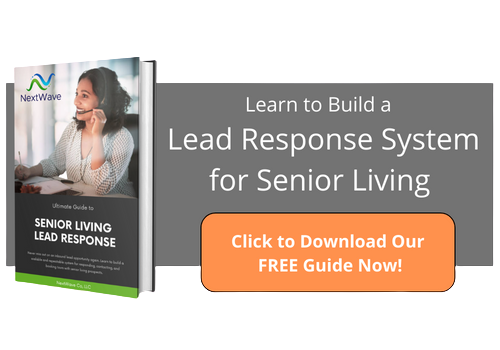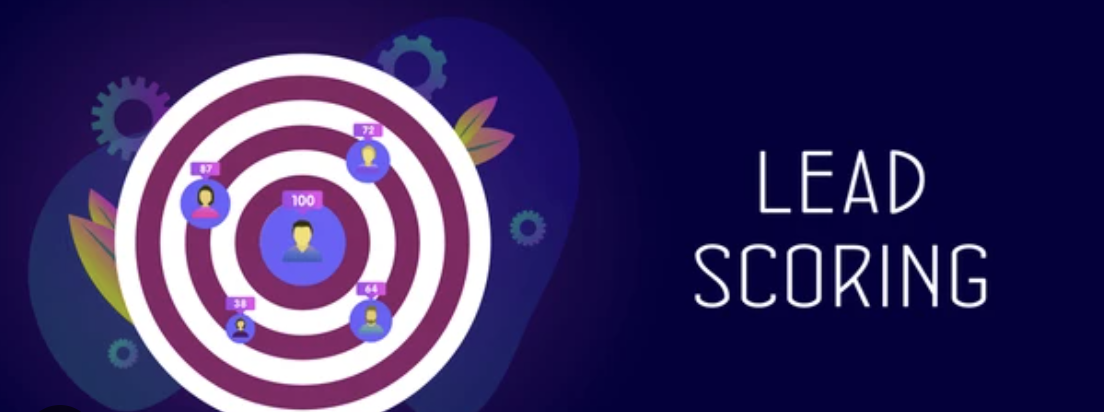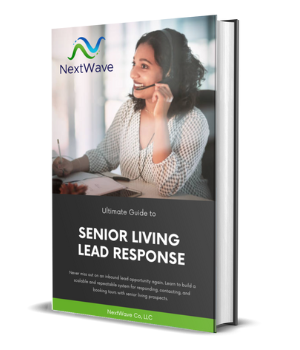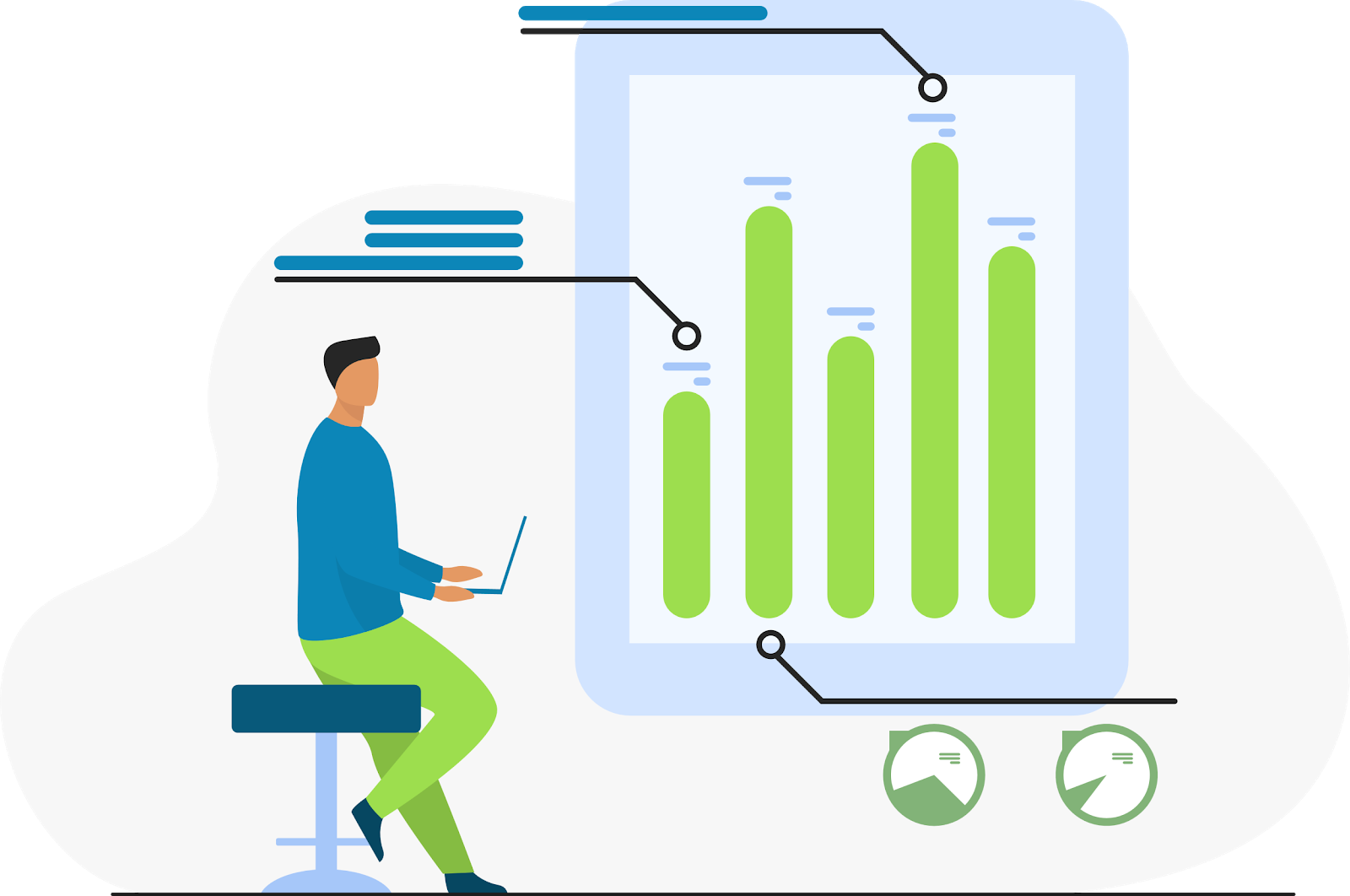
CRM stands for Customer relationship management, and it refers to the software that helps companies track interactions with their future and current customers.
The goal of implementing a CRM is to create a system that your sales and marketing teams can use to interact with prospects or customers more efficiently and effectively. Marketing will often use a CRM to ensure that they’re passing the right leads to their sales team – a key aspect of developing a strong senior living follow-up process. If you’re new to the idea of using a senior living CRM or are looking to change from your current one, we’ve put together a list of a few features that we think will be most useful.
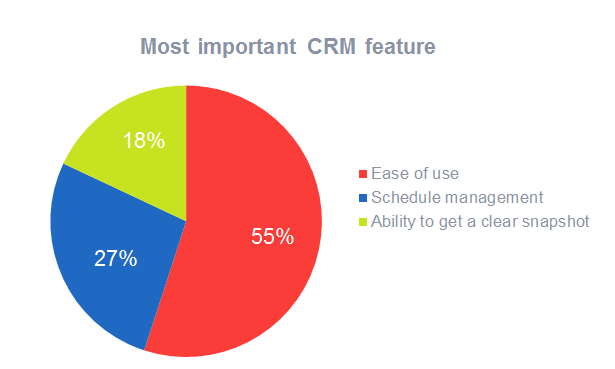
*Many senior living companies seem to love using CRMs that are hard to use. If the software is hard to use (or it's not integration friendly), do your sales team a favor and switch to a better CRM.
A CRM exists to your business life infinitely easier, and if done right it will. Many people and companies seem to complicate the issues around their CRM and it ends up becoming more trouble than it’s worth.
When it comes to senior living staying on top of prospects and personalizing your follow-up with them is huge. Having a CRM allows you to keep notes on each prospect and fully customize your sales process to their specific needs. Although a CRM can and does often have countless features, there are a few that stand out to us as most important for a senior living salesperson.
Contact Management
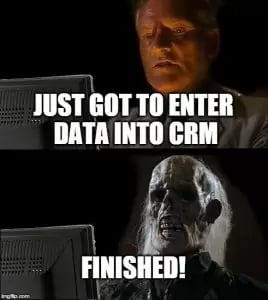
You won’t see many CRMs that don’t have contact management capability. Unlike the old days when you had to take physical notes on any prospect that your company interacts with, today you can do all of this inside a software tool, and often most of it can be done automatically. All CRMs allow you to make a contact “record” for each prospect or lead that you have in your funnel. Inside this “record” you’ll be able to keep track of every and all interactions that you’ve had with them. This is extremely helpful during the follow-up process. Since the sales cycle in senior living is quite long (often 4-12 months), this feature is extremely important.
By using the information stored in the prospect’s contact record, your sales team will be able to see the last interactions your company had with them, notes from any call or interactions, and know exactly how and when they were followed up with last. If your CRM integrates with your marketing automation tool, you’ll also be able to see valuable information like what content they downloaded on your site, what source the lead originally came from (ie organic search, Facebook ad, etc), and will be able to tell how many marketing or sales email that prospect was sent. All of this information is extremely useful when personalizing your follow-up.
With senior housing, the ability to personalize your CRM’s contact properties with senior living-specific fields is critical. Some of the fields that we include for our clients include:
- Type of living: This includes a drop-down for "assisted living, independent living, memory care", etc.
- Move-In Timeline: This shows how soon the prospect is looking to move and includes options like “immediate need, 1-3 months, 3-6 months, and 12 plus months”
- Who are you looking for: This helps identify if the lead is looking for “a loved one” or “myself” and helps identify if they are an adult child looking on behalf of somebody else.
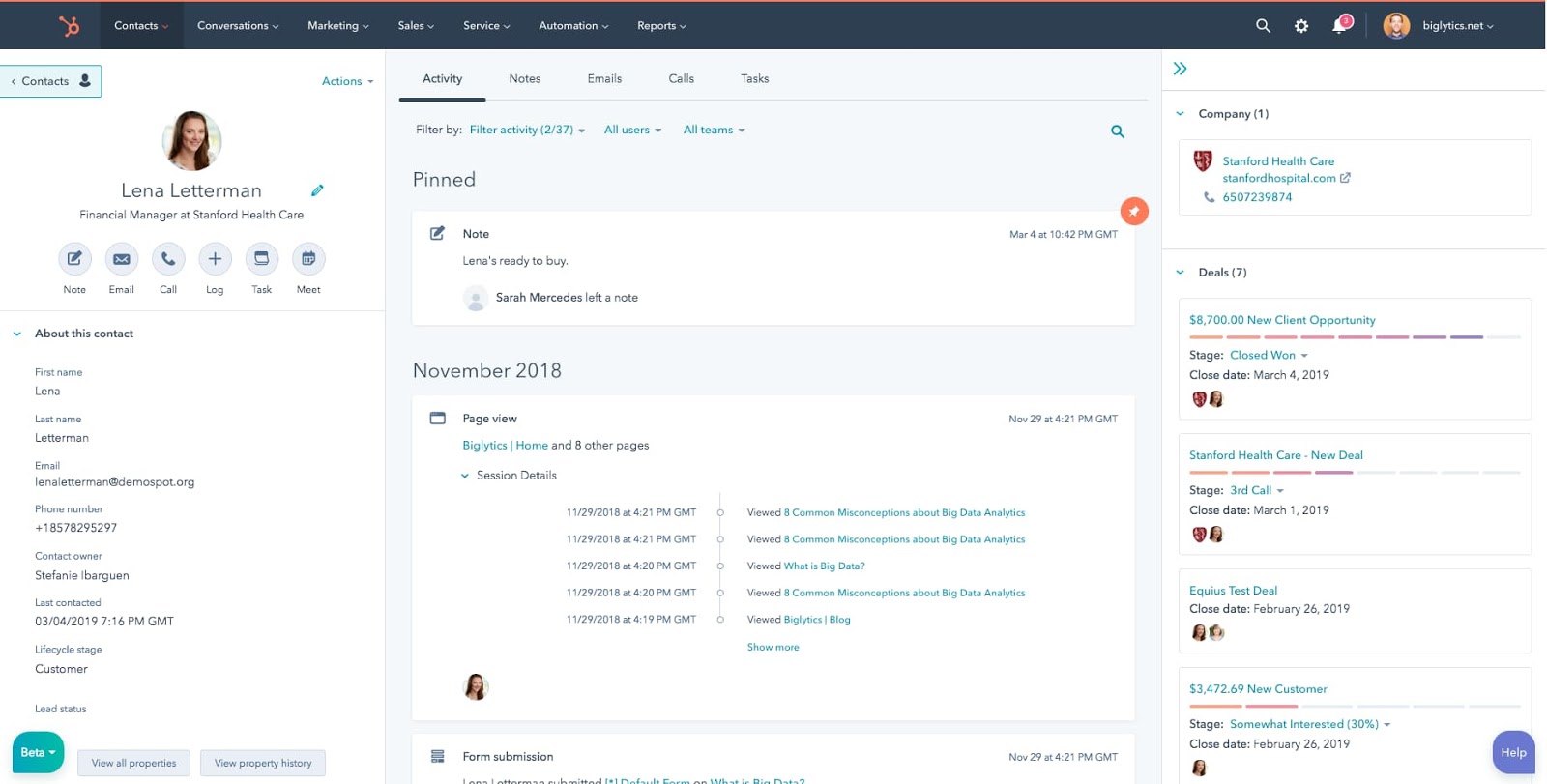 *Here's an example of a "contact record" inside Hubspot. Contact information, interactions, and current deals are input automatically and give you a clear picture of where the prospect is at in your sales process.
*Here's an example of a "contact record" inside Hubspot. Contact information, interactions, and current deals are input automatically and give you a clear picture of where the prospect is at in your sales process.
Deal Stages
Deal stages are another feature that almost all CRMs will have. Deal stages allow you to visualize where the prospect is in your sales process. Again, since the senior living sales cycle is so long, it’s important to know which stage they are at in the “buyer’s journey.” You will want to personalize the experience and treat the prospect differently depending on which stage they are at. It’s important that you have a strategy for each stage and that all prospects are NOT treated the same. Each stage will have different needs and concerns that will need to be addressed.
By having clearly defined stages you’ll be able to see where the bottlenecks are in your sales process. You’ll also be able to identify the “low hanging fruit” so to speak and prioritize your follow-up accordingly. You can have as many deal stages as you want but they should be thought through and make sense to your sales staff. It should also be easy to move a deal along the sales process, from one stage to the next. In the HubSpot CRM, advancing a deal is as simple as dragging and dropping the contact record from one column to the next.
Again, these stages should be completely customized to your industry and company. However, a few of the deal stages that we typically setup for our senior living clients include:
- Lead
- Tour Scheduled
- Tour Completed
- Deposit Received
- Move-In Completed

*Above is an example of deal stages for senior living. You'll want to have the capabilities to fully customize your deal stages to fit the operations of your company.
Task Management
Task management is critical to senior living sales. Without it, there’s simply no way to stay on top of the extensive follow-up that’s required to convert a prospect. Did you know that it takes about 6-8 touches just to make contact with a lead? That means your sales staff will have to make that many attempts simply to not allow the lead to go to waste. When you extrapolate this over a large number of new and existing leads you start to see what a monumental task this becomes. Now imagine if your salespeople had to remember each time who to call and how many times they’ve already followed up. It would quickly become a logistical nightmare. This is the reason that only about 1 in 5 senior living leads ever get contacted. 80% of leads never get contacted. And this is because the average senior living salesperson only tried 1-2X to contact a new lead before giving up and moving on to the next one. It's not that they’re lazy, it's simply that they don’t have enough time to do the follow-up required. By automating the tasks for specific days, and the reminders to call at specific times, you can create a repeatable process for senior living follow-up. In order to do this, you need to leverage the technology, automation, and task management features of a CRM.
The extensive follow-up process that’s required to contact a senior living lead is why we created our First Impression System. This is an outsourced lead response system specifically designed for senior living. By taking this time-consuming piece off your salespeople’s plates you can allow them the bandwidth to do what they do best: give tours, showcase their community, and move-in new residents. And most importantly, they do not waste time on low-value tasks such as responding 6-8 times to unqualified leads.

If you’d like to learn more about our lead response program and how it can improve your sales team's efficiency and effectiveness, click here to schedule an introductory call. We’d be happy to walk you through the program and show you how we can personalize it to your senior living communities.

